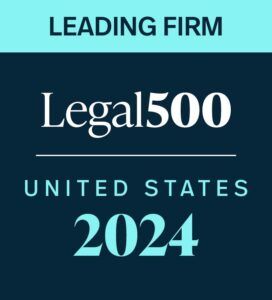On September 29, 2015, the U.S. Department of Health and Human Services Office of the Inspector General (OIG), Office of Evaluation and Inspections, released two studies calling on the HHS Office for Civil Rights (OCR) to strengthen its efforts in both general enforcement of the Health Insurance Portability and Accountability Act (HIPAA) Privacy Standards and enforcement of security breach reporting requirements. OIG commissioned both studies out of concern for the increased risk of an invasion of privacy and exposure to fraud, identity theft and other harm that patients face in an ever-expanding digital health environment.
read more


 Subscribe
Subscribe




